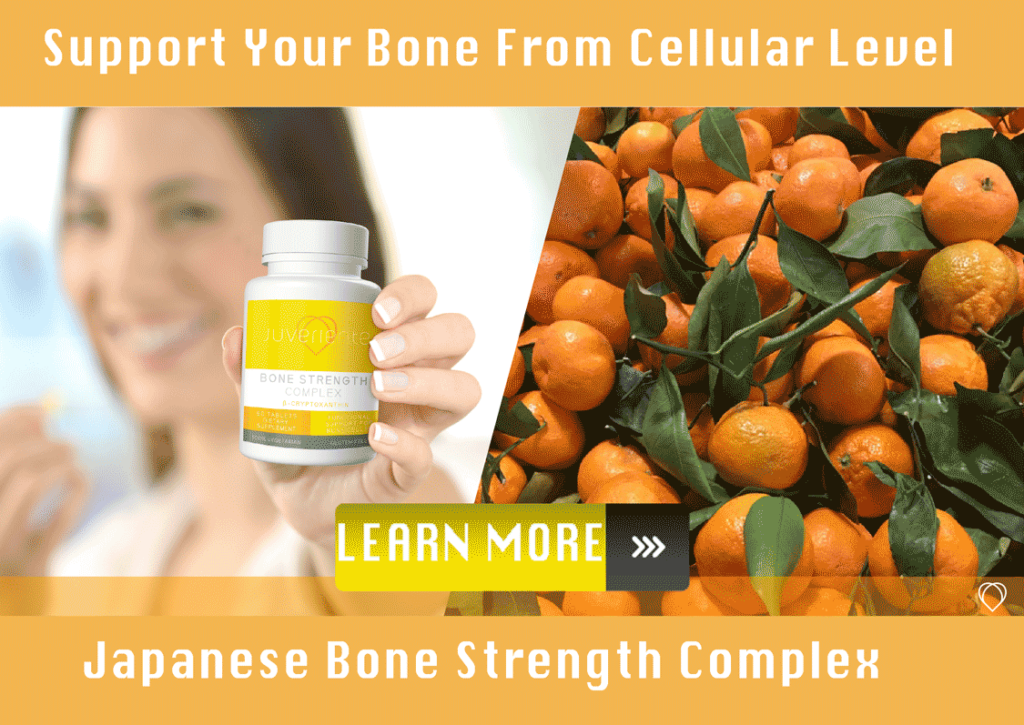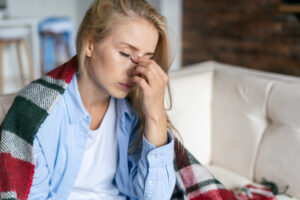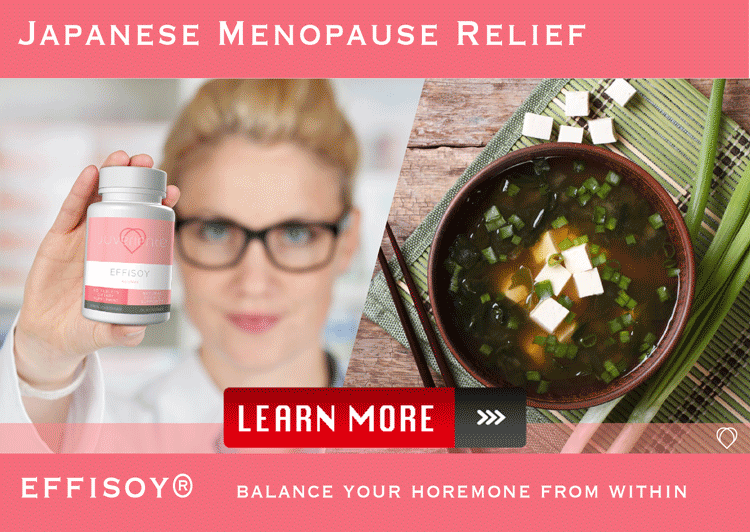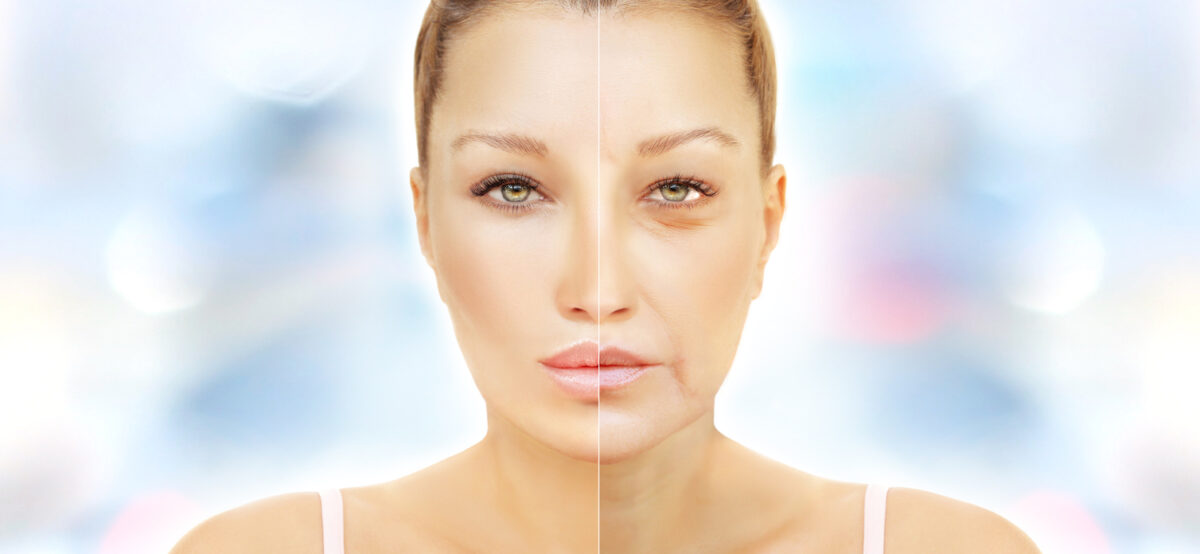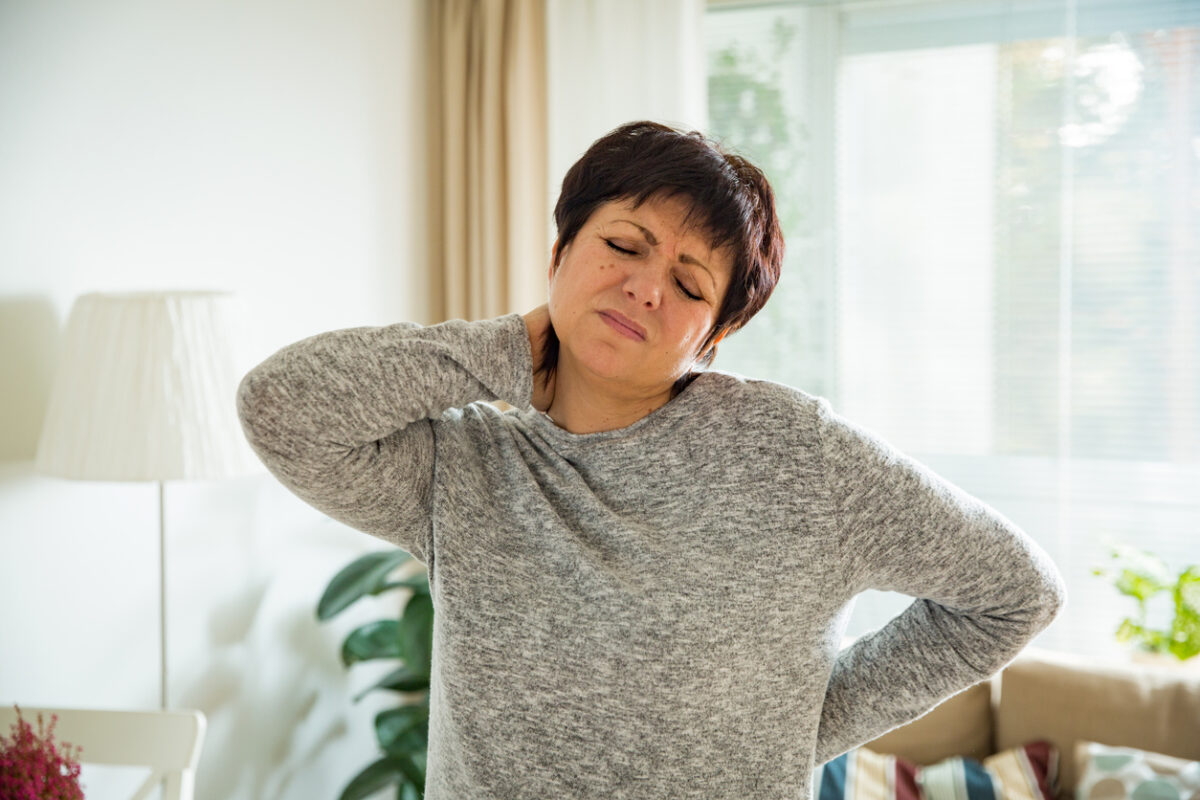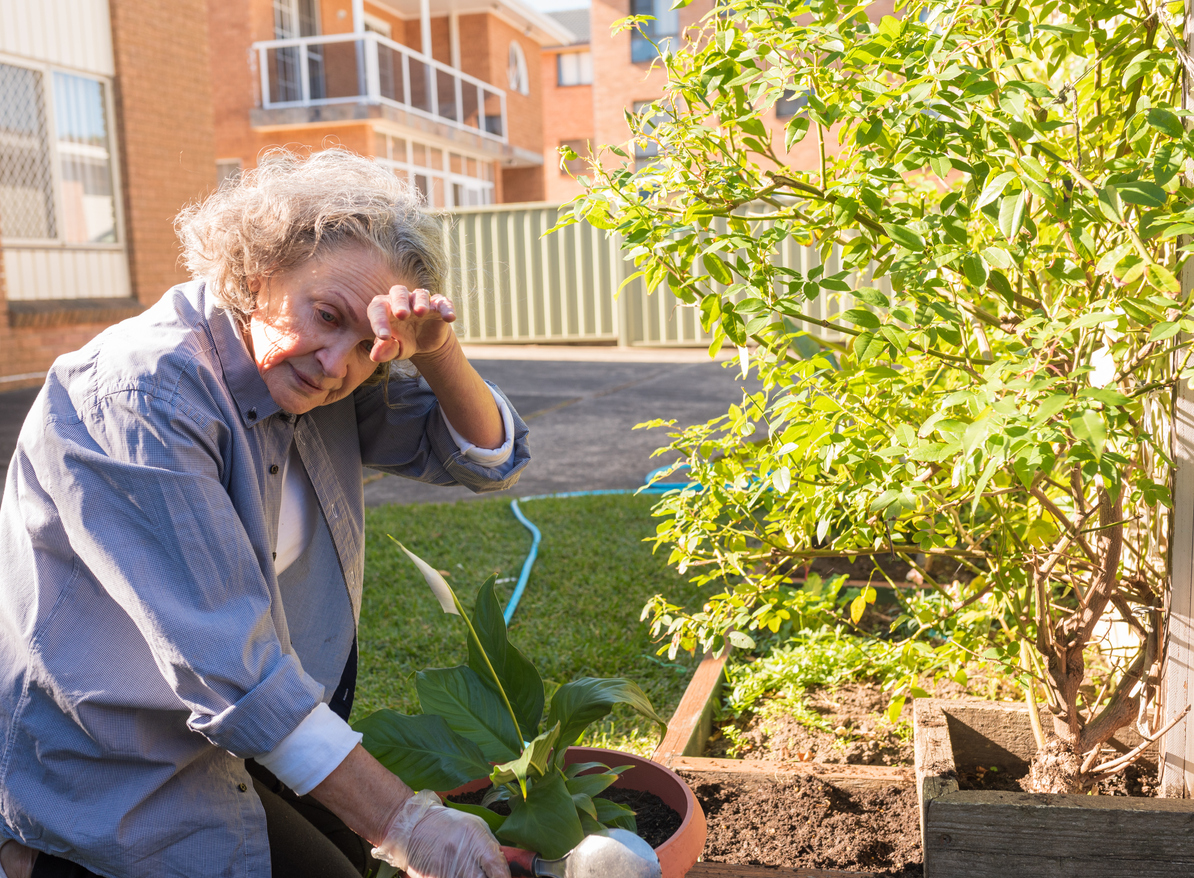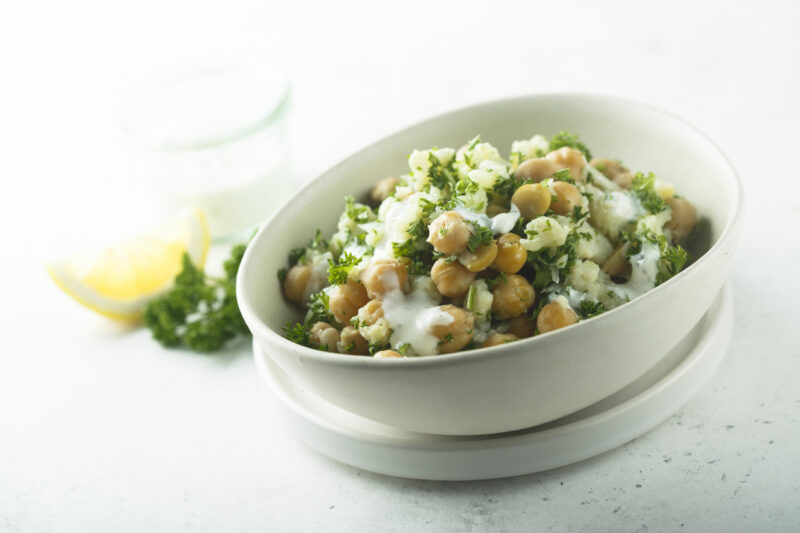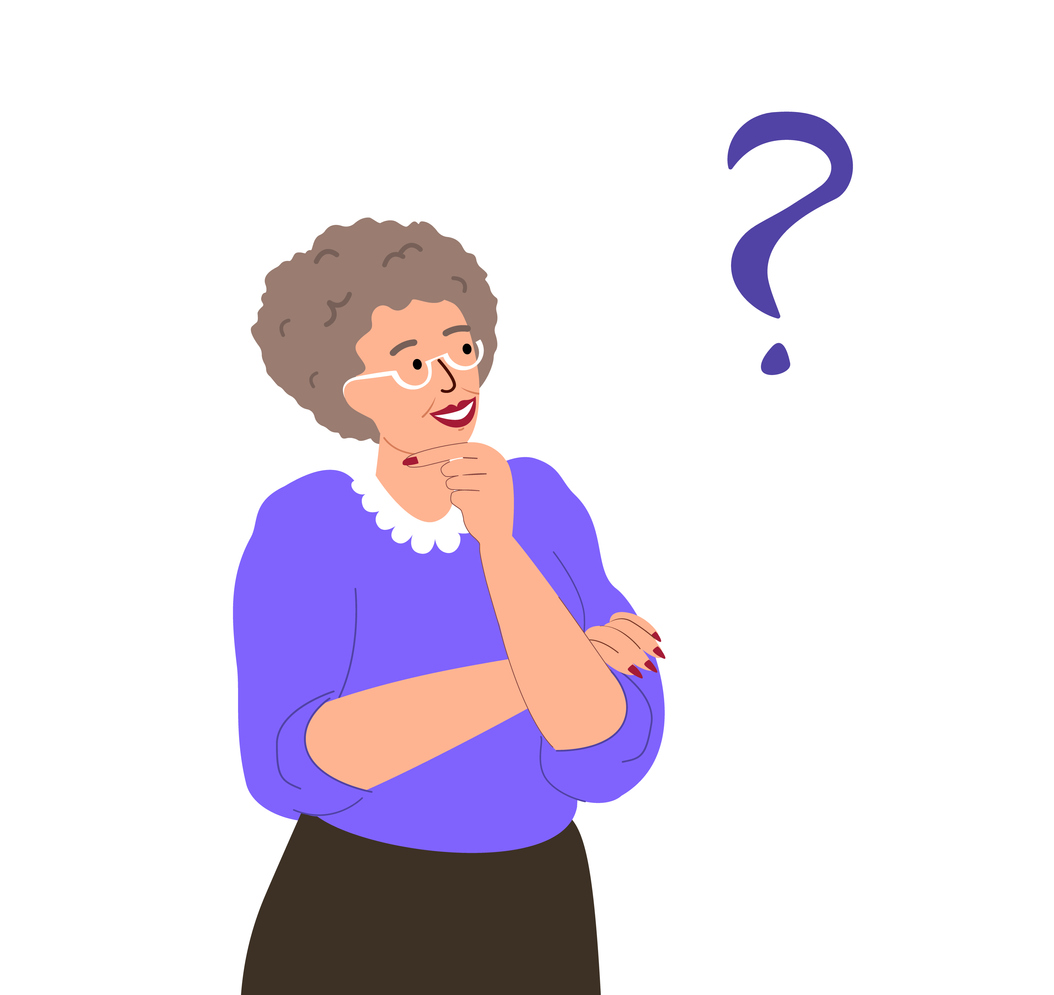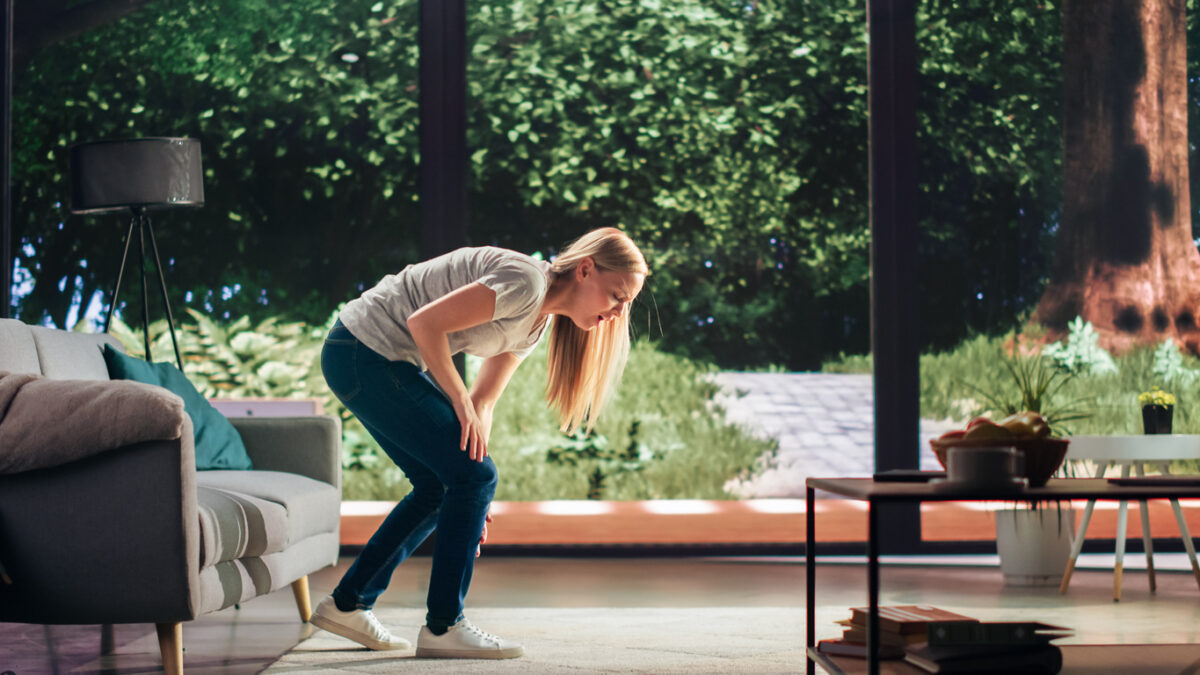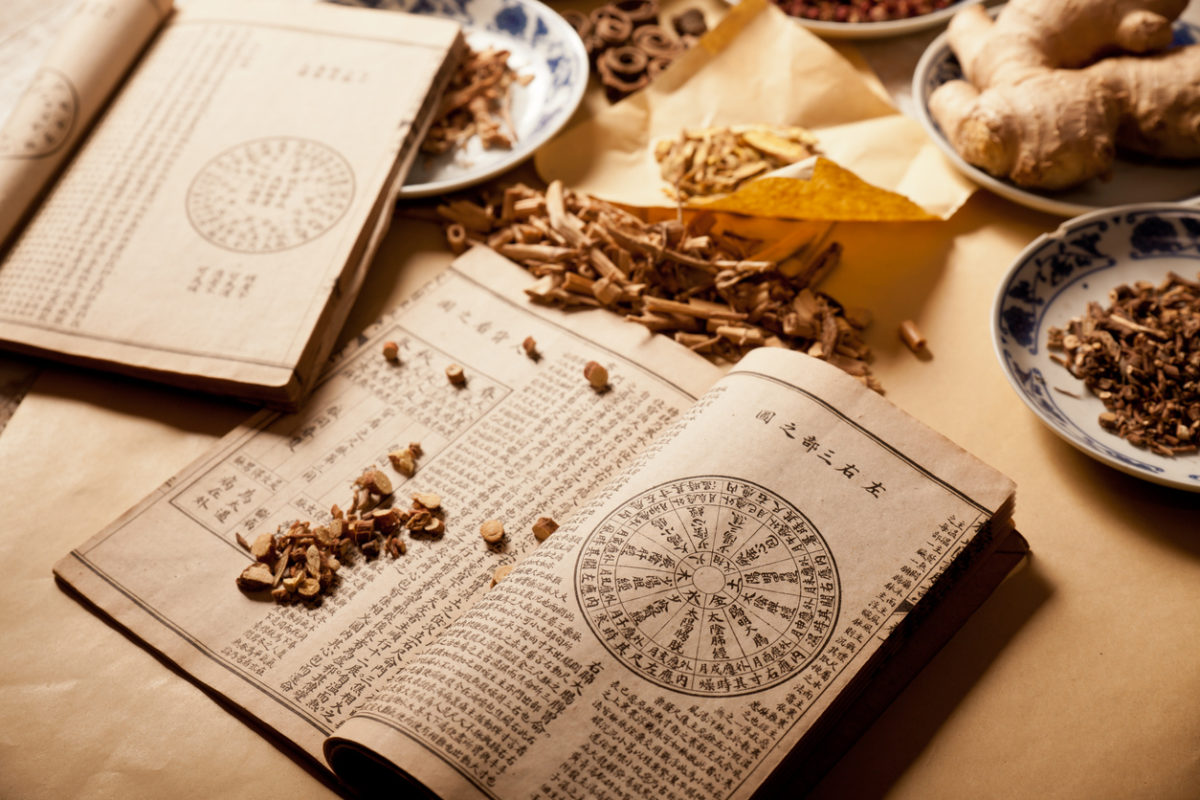Having a good network of friends not only enriches our lives but also boosts our health. This isn’t merely a whimsical assertion but is substantiated with solid scientific evidence.
This article delves into an array of studies demonstrating the myriad ways friendships contribute to our physical and psychological well-being.
Covering various aspects from increased longevity, improved mental state, and enhanced immune system to reduced risk of cardiovascular diseases, it aims to illuminate the often underappreciated health benefits that genuine friendships can bring about.
Dive in and discover the profound ways your circle of friends might be adding days to your life and life to your days.
The Importance of Friendship for Physical Health
How Friends Help You Stay Physically Active
Having friends who promote a healthy and active lifestyle can significantly contribute to your physical well-being. Social interactions not only offer emotional support but also encourage individuals to stay fit. Here are some ways friends help you in maintaining physical activity.
1. Motivation: Friends can motivate you to maintain or start an active routine. The encouraging words from a friend could give you that extra push to start a morning jog or gym routine.
2. Making Exercise Fun: Having friends by your side can make exercise entertaining. Whether it’s a game of basketball, a dance class, or simply a walk in the park, having someone to share the experience can make physical activity enjoyable rather than a chore.
3. Accountability: When you have a fitness buddy, you are less likely to skip your exercise routine. Your friend can help hold you accountable, making it harder to abandon your fitness goals.
4. Competition: A healthy competitive spirit among friends can drive you to work out harder, run faster and stretch further.
In conclusion, friends can be a powerful influence in keeping you focused on your physical fitness. By incorporating social interactions into your exercise routine, you may find it easier to stay motivated and committed to maintaining an active lifestyle.
Friends and Their Influence on Our Eating Habits
Our friends play a significant role in shaping our behavior, including our eating habits.
If our friends have healthy eating habits, we are likely to be influenced by them and will try to adopt the same. Similarly, if our friends regularly indulge in unhealthy eating, we may also be tempted to join, even if sparingly, because food shared and enjoyed in the company of friends feels more enjoyable.
The influence of friends on our eating habits underscores the saying, “You become like the five people you spend the most time with.”
Emotional and Mental Health Benefits of Friendship
In the previous chapter, we’ve explored the profound impact friendships have on our physical health.
Now, let’s delve into the realm of emotional and mental health. It’s almost impossible to overstate the importance of friends in our lives. After all, quality relationships can not only contribute to a sense of belonging and purpose but also enhance our happiness and reduce stress.
Friends provide comfort during tough times, giving us the strength and resilience needed to navigate through life’s ups and downs. But that’s not all: evidence suggests that strong social bonds can also boost brain health and improve your mood.
By fostering friendships, we can cultivate richer, healthier, and more fulfilling emotional lives. In the following sections, we’ll explore these benefits in greater detail.
The Impact of Friends on Stress and Anxiety
Friends significantly impact our stress and anxiety levels. They offer a supportive network which is instrumental in managing stress and reducing anxiety. When we’re in tough situations, talking to friends provides emotional release, effectively decreasing stress levels. Besides just lending an ear, friends often give advice and a fresh perspective, helping us tackle problems.
Friends also distract us from our stressors. Simply engaging in fun activities with friends can reduce feelings of anxiety and uplift mood. Shared laughter and joy creates positive chemicals in our bodies, such as endorphins, acting as natural stress relievers.
How Friendships Contribute to Positive Mental Health
Friendships significantly contribute to positive mental health in various ways. Since physical wellbeing often corresponds with mental wellbeing, the inhibition of loneliness contributed by friendships greatly helps. Friends provide a support system, offering assistance or a listening ear during challenging times, which contributes to reduced stress levels. This decreases the risks of various mental health disorders.
Besides, friendships can boost happiness, which is paramount for mental health. Engaging in enjoyable activities with friends helps to enhance mood, energy, and overall outlook on life. Friends also provide the opportunity for essential heart-to-heart connections and conversations, which foster a sense of belonging and self-worth. This is equally crucial for good mental health.
The Role of Friends in Longevity
Studies Linking Friendship with Increased Lifespan
Numerous studies posit a significant correlation between strong, healthy connections with others and increased lifespan. This is primarily attributed to the way friendships contribute to our overall well-being.
Friends can provide emotional support, encouraging healthy habits while dissuading harmful ones. According to the Harvard Women’s Health Watch, people with robust social connections were found to have a 50% lower chance of dying prematurely. Additionally, the Mayo Clinic suggests that friendships can reduce stress and depression while fostering a sense of belonging and purpose.
Moreover, the mental stimulus derived from friendships also plays a vital role. The give-and-take of relationships helps keep our brains sharp, which, in turn, could lead to longevity. Consequently, investing in friendships doesn’t just enrich the quality of our lives but may significantly extend it. Overall, evidence strongly supports the notion that friends are indeed good for our health.
How to Forge Friendships Producing Health Rewards
When forging friendships, quality matters more than the quantity. Seek out people who share your interests and values. Join clubs, organizations, or communities where you can meet such individuals. This not only provides an opportunity to form meaningful friendships, but it also facilitates participation in enjoyable activities that can reduce stress.
Connection with friends should be honest and supportive. Open communication, mutual respect, and empathy contribute to strong, health-beneficial relationships.
Such friendships often result in less loneliness, sharing of burdens, and increased sense of belonging and purpose. This, in turn, reduces the risk of various health issues, including high blood pressure and depression.
Keep in mind, building friendships is a gradual process. Patience, understanding, and consistency are required for nurturing these meaningful relationships. Remember, a strong friendship is a two-way street that requires mutual efforts. Investments in such relationships are worth making for their potential health rewards.
Keep Your Bones Healthy for the Better Friendship Activities
Natural bone relief taken from a Japanese traditional fruit
A cohort study in Japan reports that blood concentration of Beta cryptoxanthin, which is richly contained in Satsuma mandarin orange, shows a strong correlation. But, it is rather indigenous to Japan and China, and hard to take for people in other regions. Juveriente®’s natural bone supplement, “Bone Strength Complex” brings you its essence to you as a natural supplement. Since its launching in 2016, it has gathered positive feedbacks as the following.
 “I have been taking Juveriente Bone Strength Complex for two years. I was waiting for my bone density test this year to write a review. My bone density test results improved. I was diagnosed with Osteoporosis two years ago. The prescription medications for Osteoporosis have too many side affects and I was looking for a good alternative. I am proud to report this product works and has no side affects. The gel capsules are easy to swallow.” (Nov. 17th 2022, a product review for our Amazon shop)
“I have been taking Juveriente Bone Strength Complex for two years. I was waiting for my bone density test this year to write a review. My bone density test results improved. I was diagnosed with Osteoporosis two years ago. The prescription medications for Osteoporosis have too many side affects and I was looking for a good alternative. I am proud to report this product works and has no side affects. The gel capsules are easy to swallow.” (Nov. 17th 2022, a product review for our Amazon shop)
The main functional ingredient is simply an extract of a Japanese popular citrus fruit. Needless to say, it is better to try a natural food before jumping to strong medicines. Please learn details in our product page.





